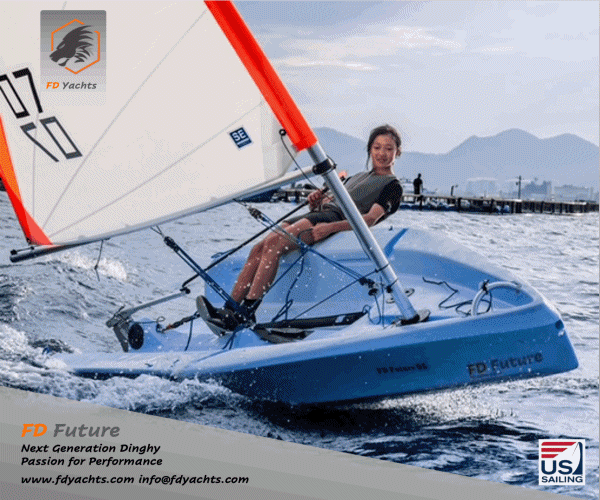












| Rossiter Pintail Mortagne sur Gironde, near Bordeaux |
 |
| Laser 140101 Tynemouth |
 |
| Laser 28 - Excellent example of this great design Hamble le rice |
 |
List classes of boat for sale |
Speed Bumps |
Post Reply 
|
Page <1 234 |
| Author | |
C249 
Newbie 
Joined: 30 Aug 05 Online Status: Offline Posts: 7 |
 Post Options Post Options
 Quote Quote  Reply Reply
 Topic: Speed Bumps Topic: Speed BumpsPosted: 27 Sep 05 at 11:33pm |
It's not hard at all according to Marchaj - he says it's basic physics because there is (IIRC) an inter-molecular attraction between the atoms of the water molecules and the atoms of the hull (even if they are of different materials). He says the water will ALWAYS stick to the hull to some extent. I assume the difference between the way water sticks to various surface finishes is just an indication of the varying strength of the molecular bond versus the force of gravity/surface tension etc - anyone know? |
|
 |
|
a_stevo 
Groupie 
Joined: 29 Aug 05 Location: Australia Online Status: Offline Posts: 72 |
 Post Options Post Options
 Quote Quote  Reply Reply
 Posted: 28 Sep 05 at 12:18am Posted: 28 Sep 05 at 12:18am |
|
At the heart of fluid mechanics/dynamics is boundary layer theory.One of the very first principles of boundary layer theory is the "no slip condition" which uses an assumption that the water/or anyother fluid at the surface ( a sail or hull in this case) has zero relative velocity. The differences in drag due to surface imperfections is due to the boundary layer being increased in thickness. which means that you drag along more water with you. Also the surface irregularities cause turbulence which can trip the boundary layer into a turbulent flow. Turbulent flow is generally a lower drag state as the velocity profile has greater speed at lower levels when compared to laminar theories. As a result the smoothness of your hull and foils are much more critical when going slow. |
|
 |
|
Post Reply 
|
Page <1 234 |
| Forum Jump | Forum Permissions  You cannot post new topics in this forum You cannot reply to topics in this forum You cannot delete your posts in this forum You cannot edit your posts in this forum You cannot create polls in this forum You cannot vote in polls in this forum |
Copyright ©2001-2010 Web Wiz
Change your personal settings, or read our privacy policy











 Printable Version
Printable Version Delicious
Delicious Digg
Digg Facebook
Facebook Furl
Furl Google
Google MySpace
MySpace Newsvine
Newsvine reddit
reddit StumbleUpon
StumbleUpon Twitter
Twitter Windows Live
Windows Live Yahoo Bookmarks
Yahoo Bookmarks Topic Options
Topic Options